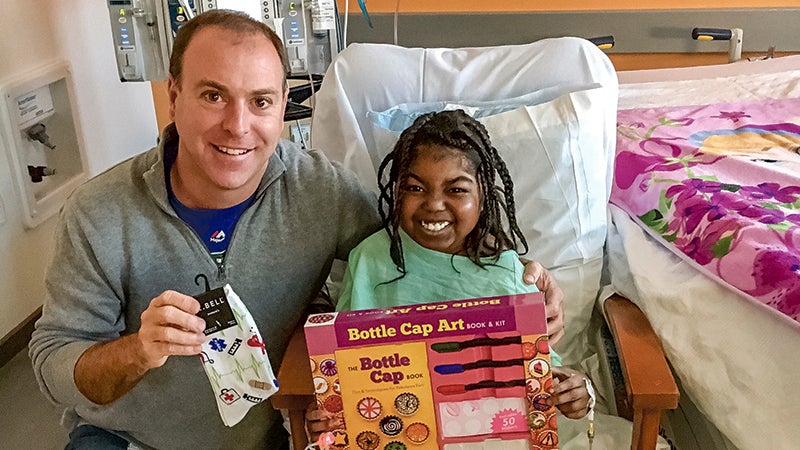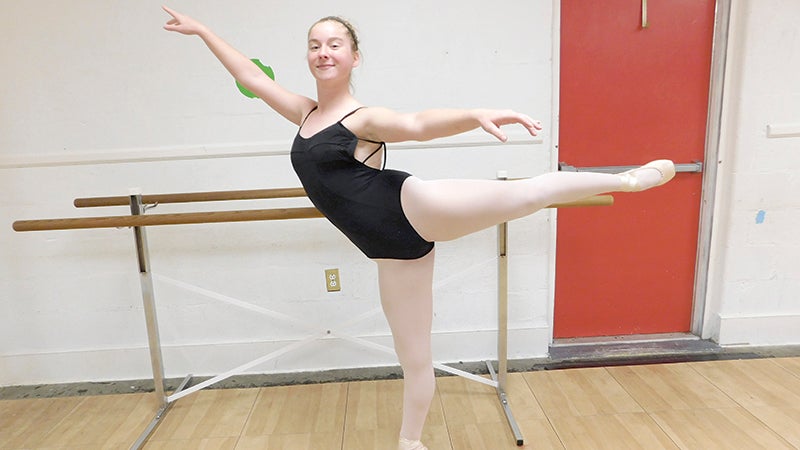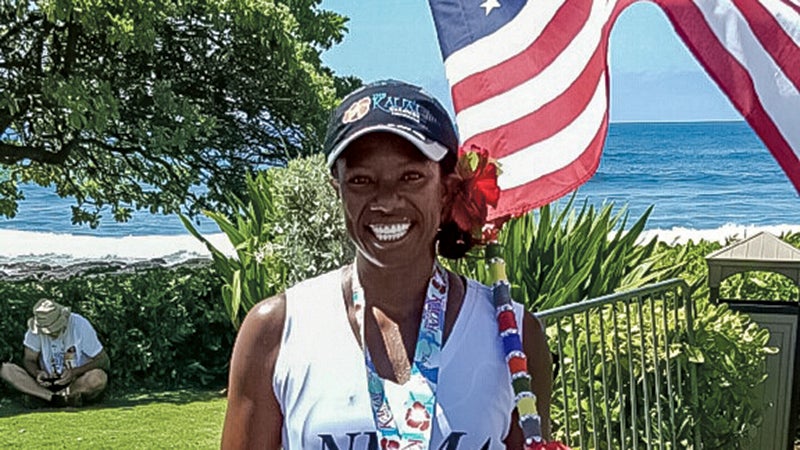Walking tour teaches local history
Published 9:58 pm Wednesday, May 8, 2013

Katie Long, an 11th-grade honors history student Nansemond-Suffolk Academy, shows third-graders from the school around Cedar Hill Cemetery Wednesday. The history walking tour around downtown Suffolk involved two dozen juniors and scores of third-graders.
At Nansemond-Suffolk Academy, juniors taking honors history have been teaching third-graders about our city’s rich past.
On Wednesday morning, two dozen honors students led groups of the younger children on a walking tour of Main Street, Constant’s Wharf, Riddick’s Folly, the Seaboard Railroad Museum, the old courthouse and Cedar Hill Cemetery.
“With an upper and lower school, we can do service-based projects like this,” said Sandra Babb, the juniors’ history teacher.
The honors students delivered four lessons to third-graders leading up to the walking tour: the founding of Suffolk to the 1820s, Suffolk during the Civil War, Suffolk’s peanut economy, and the city’s geography and local government.
“This is the fifth day that we have been with them,” Babb said.
The tour was split into four groups, and each group visited each location. “They’re up and down Main Street, talking about who lived in the houses and the houses’ architecture,” Babb said.
Cedar Hill Cemetery appeared to be one of the most popular destinations. About 10 a.m., Katie Long was telling third-graders about families and individuals buried there, like the Riddicks and Mills Godwin.
“They show them different types of stones, and they have a list of what everything means” in terms of the symbols on headstones, Babb said.
While the younger students learned all about Suffolk’s history, who their councilmen are, and how peanuts made Suffolk famous, their tour guides also came away with important lessons, according to Babb.
“They are learning leadership and accountability,” she said. “You can see how engaged they are, and there is a very strong connection” between the older and younger students.
“It lasts until the juniors come through homecoming as seniors. They (the third-graders) are, ‘Oh my gosh, that’s my person!’”
The program is in its fifth year, Babb said, adding, “We have got it down to a science now. It’s probably one of the most interesting projects we do.”
History and geography are important parts of the curriculum for NSA’s third-graders, according to Babb.
“They should be able to locate their house on a map and know what borough they’re in and who their councilor is,” she said.
“They need to know how the city was founded and why it’s called Suffolk. … These are basic questions about how we were formed, even down to why Constance Road is called Constance Road.”





